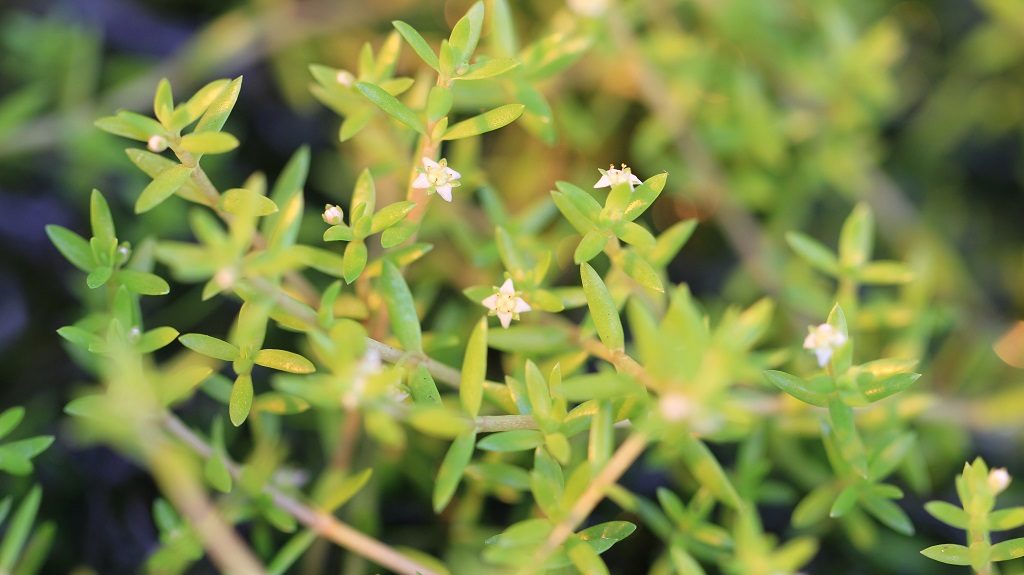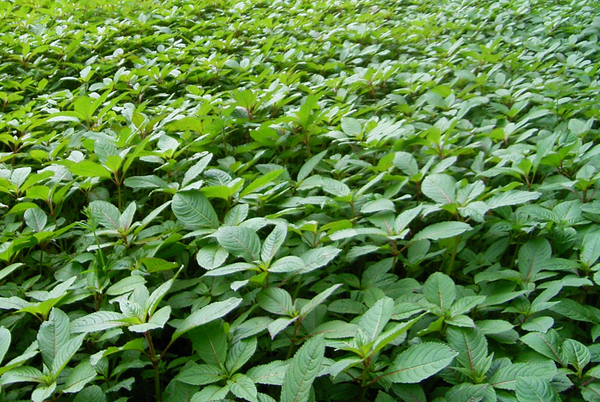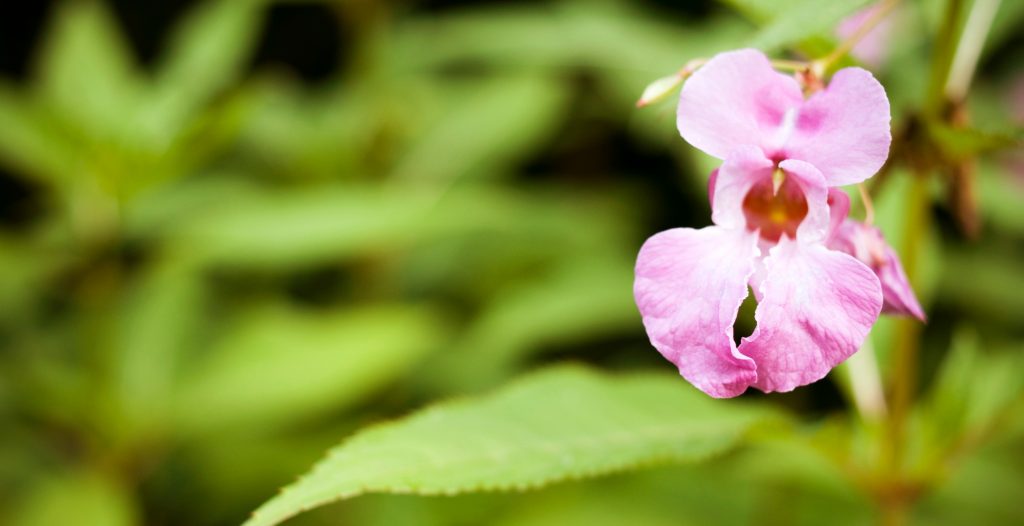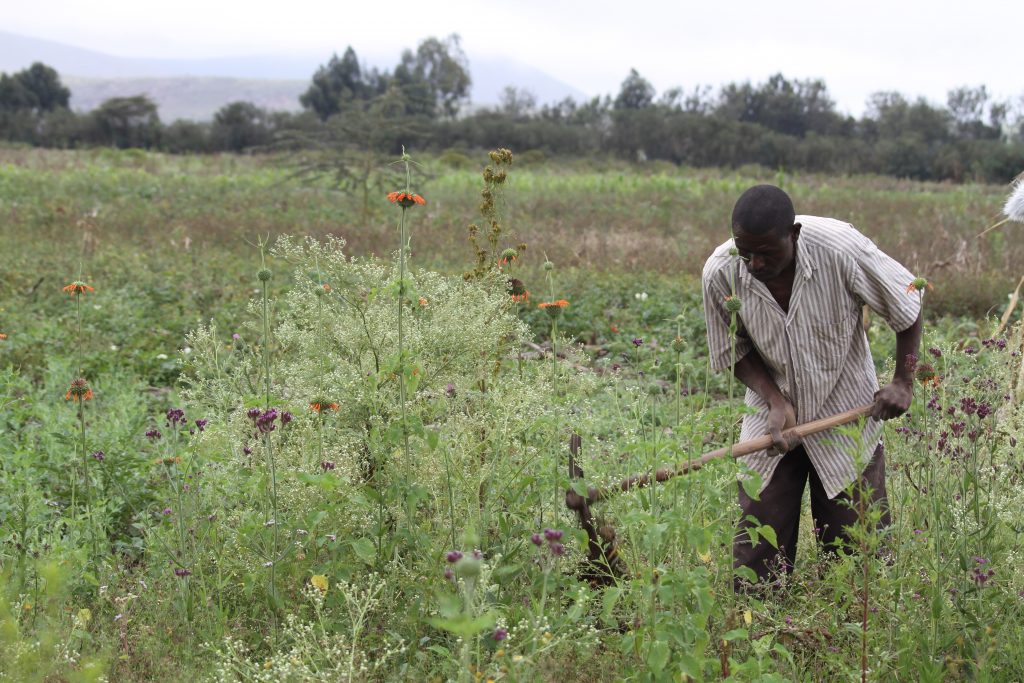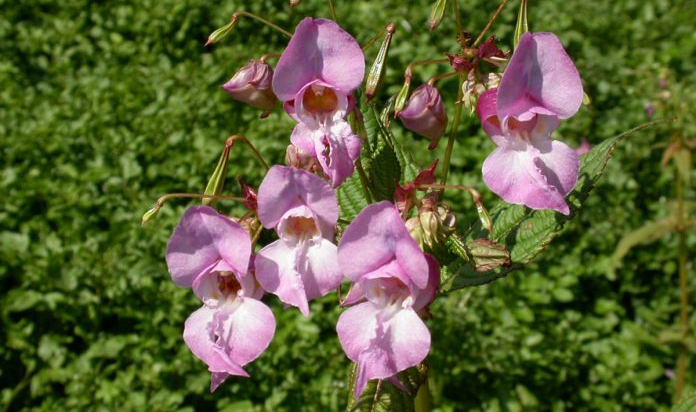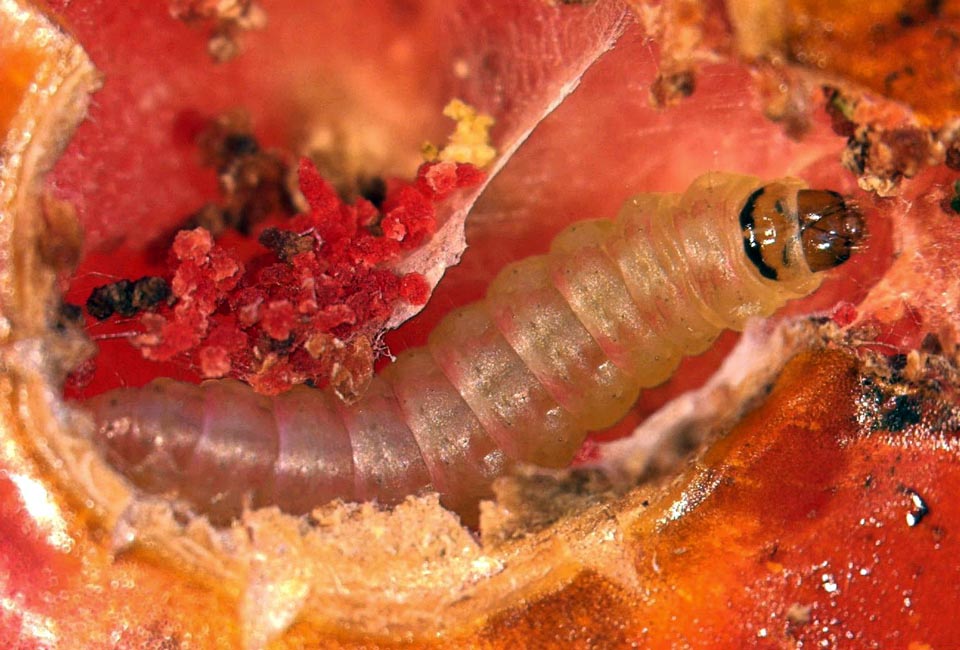Tiny mite could prove a ‘mighty’ weapon in the fight against one of the UK’s most invasive weeds
CABI scientists are stepping up the fight against one of the UK’s most invasive non-native aquatic weeds. Approval has been given for the release of a novel biological control agent – the mite, Aculuscrassulae – to assess its ability in the real-world environment to suppress Australian swamp stonecrop (Crassula helmsii), also known as New Zealand pigmyweed. This…
Giant Hogweed: Biology, Impacts and Management
Edited by Corin Pratt and Marion Seier. Giant hogweed (Heracleum mantegazzianum) is a monocarpic perennial herb, native to the Caucasus region. Since the late 1800s, giant hogweed has spread extensively across Europe and in eastern and western parts of North America following its likely initial introduction to the continent as an ornamental curiosity as early…
Why Prosopis no longer ‘pays’ as a prospect for positive environmental and socio-economic productivity
In the late 1970s and early 1980s the group of closely-related woody plant species and hybrids known as Prosopis were seen as a ‘saviour’ for millions of pastoralists and agro-pastoralists in East Africa whose very livelihoods were threatened by the degradation of dryland ecosystems spurred on by overgrazing, and by deforestation and a shortage of…
Himalayan Balsam: Cause or Associate of Soil Erosion?
Himalayan balsam (Impatiens glandulifera) is a non-native annual plant that was introduced into parts of Europe during the mid-nineteenth century as an ornamental plant for parks and gardens. This plant species was first recognised as an invasive species and a threat to ecological stability in the 1930’s. However, since then the problem has escalated and…
Parthenium: Controlling the world’s most destructive toxic weed
The poisonous Parthenium hysterophorus plant is one of the world’s most destructive invasive plant species, threatening biodiversity, food security and human health across numerous countries. The herb is native to Central and South America but has spread to over 40 countries over recent decades including Australia, India, Ethiopia, Swaziland and South Africa.
Could entomopathogenic nematodes combat fall armyworm?
Research is currently underway to study new ways of encapsulating and applying entomopathogenic nematodes (EPN) to better combat the invasive and destructive fall armyworm in Africa. PhD student Patrick Fallet is investigating the possibility of a novel biocontrol approach which will attract the armyworm caterpillars to beads containing biocontrol agents such as the insect-killing EPN.
The threat of invasive species to biodiversity: Biological control of Himalayan balsam
By Alan Gange. Reblogged from Open Access Government. Alan Gange, Amanda Currie & Nadia Ab Razak (Royal Holloway, University of London), Carol Ellison, Norbert Maczey & Suzy Wood (CABI ) and Robert Jackson & Mojgan Rabiey (University of Reading) discuss the threat of invasive species to biodiversity, including the biological control of Himalayan balsam Invasive species…
Dr Ulrich Kuhlmann unveils Biopesticides Portal prototype at Biocontrol Africa conference
Dr Ulrich Kuhlmann, CABI’s Executive Director Global Operations, has unveiled a prototype Biopesticides Portal that facilitates the identification, sourcing and application of more environmentally-friendly, cost-effective and sustainable biological control products in the global fights against agricultural pests and diseases. The CABI-led project was highlighted this week (20 March 2018) at the Biocontrol Africa conference in Nairobi,…
Could invasive plant management prevent the spread of malaria?
CABI scientists have joined an international team of experts who suggest that the large-scale management of a range of some invasive plants could hold the key to reducing the spread of deadly malaria. Dr Arne Witt and Dr Sean Murphy worked with scientists from the University of Illinois, The Ohio State University and the Fundación…
Using roundworms to manage the Tomato Leaf Miner
Research recently published in the Journal of Economic Entomology has offered new insight into managing the tomato leaf miner (Tuta absoluta) using entomopathogenic nematodes (EPN). If the pest is not adequately managed, it can cause up to 100% crop loss in both field and green-house grown tomatoes. Also causing further concern is the increasing insecticide…

